Days after ceasefire violations peaked and a year since Doklam, they are playing wargames in the Urals, and another Down Under. There’s also a beach party in the works.
New Delhi: As you read this Wednesday morning, a senior General of the Indian Army is slated to be airdropped alongside a Pakistani officer at a beautiful lakeside town called Chebarkul in Russia’s Ural mountains. He will be accompanied by a Chinese counterpart and six others from Russia and Central Asian countries.
Lieutenant General Satish Dua is the Chief of Integrated Defence Staff to the chairman, Chiefs of Staff Committee (CISC). He will be the first officer of his rank to watch his troops of the 5 Rajput battalion as well as two teams of paratroopers from the Indian Army and crew from the Indian Air Force operate alongside a contingent of Pakistan’s Special Services Group (SSG) — a special force to which former dictator Pervez Musharraf belonged too — and a Chinese motorised company, besides Russian troops.
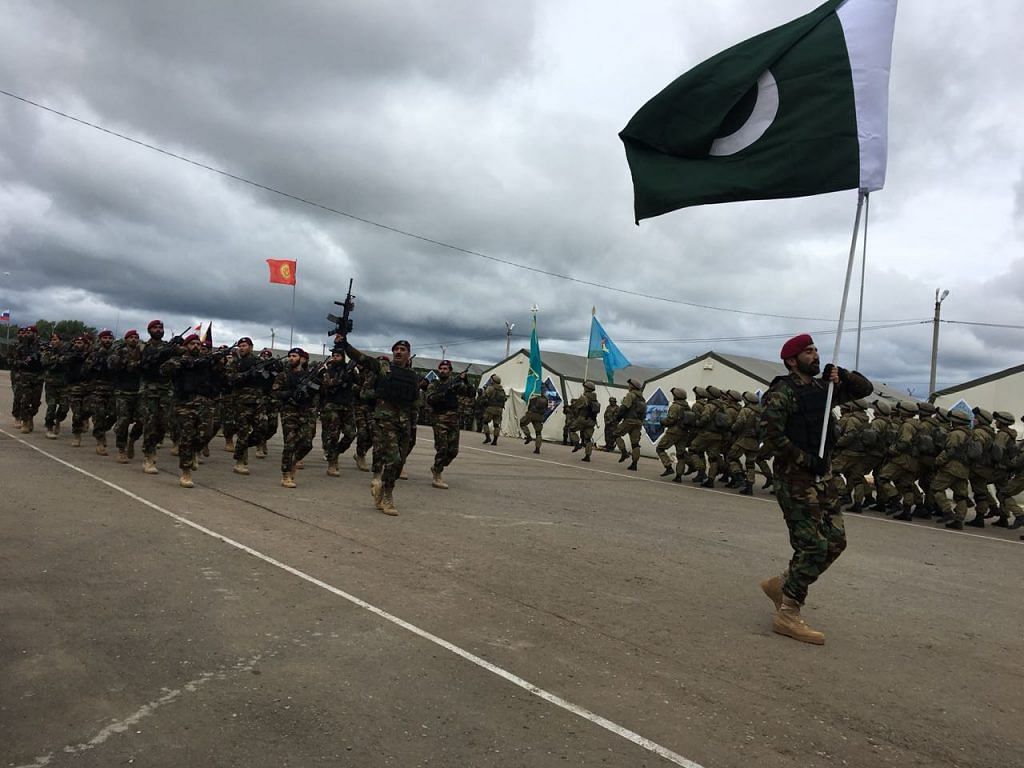
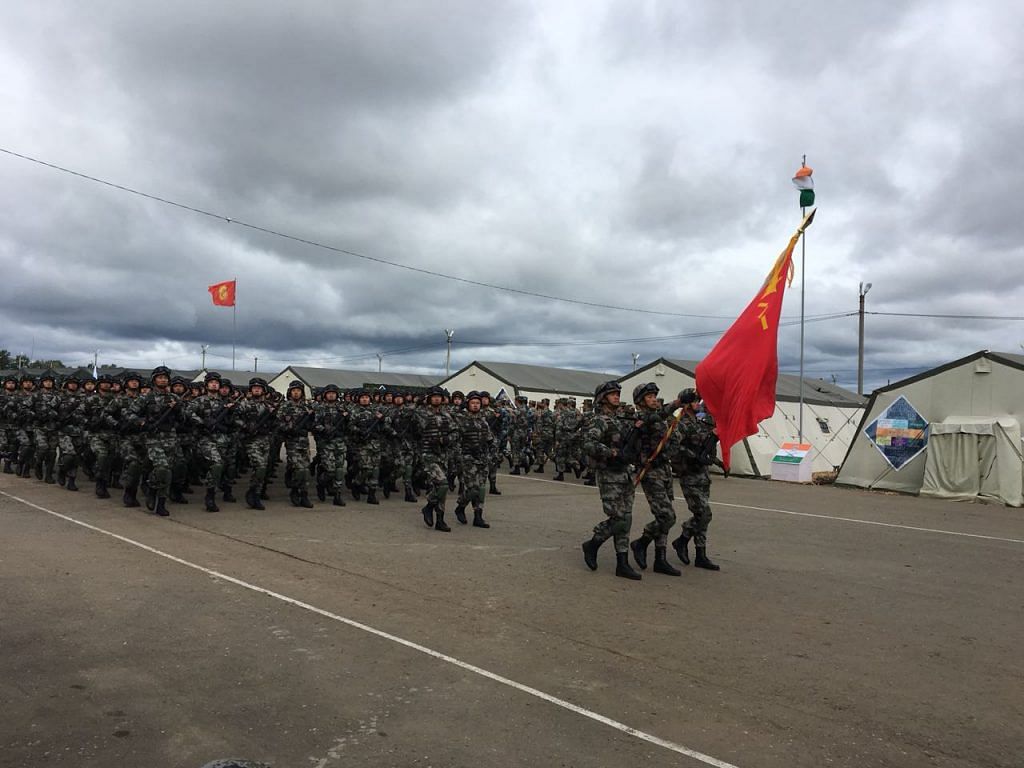
Under siege
In the latest edition of the Shanghai Cooperation Group’s (SCO’s) exercise ‘Peace Mission’, the first involving Indian, Pakistani and Chinese troops, the forces will simulate an attack on a mountain that is the designated target. It is a town held hostage by terrorists.
The scenario is vaguely akin to what has been witnessed in Syria, say, Aleppo, where pockets of the ancient city were held to ransom by the Islamic State terror group till a few months back.
Also read: A chat between commanders of an Indian destroyer and a Chinese warship—on beer and cheer
The exercises have been on since 22 August in three phases: Consultations, preparations and execution. Their climax Wednesday and Thursday envisages a combined land-air attack.
The Indian troops will be flown in a Russian Ilyushin-76 transporter, and Russian Mi-75 helicopters and gunships will mount a joint attack on a mountain in support of ground forces.
Such a new India-Pakistan-China scenario does not end here. It is likely to evolve.
Thursday, 30 August, the navies of the three countries are scheduled to converge alongside those from 24 other nations, on Darwin, Australia. India’s frigate, the INS Sahyadri, has set sail from Suva, Fiji.
The INS Sahyadri was participating in the Rim of the Pacific (RIMPAC) wargames — the largest of its kind in the world, hosted by the US — just before this. China was “disinvited” from the RIMPAC drills, with the US withdrawing its invitation because of tensions in the South China Sea.
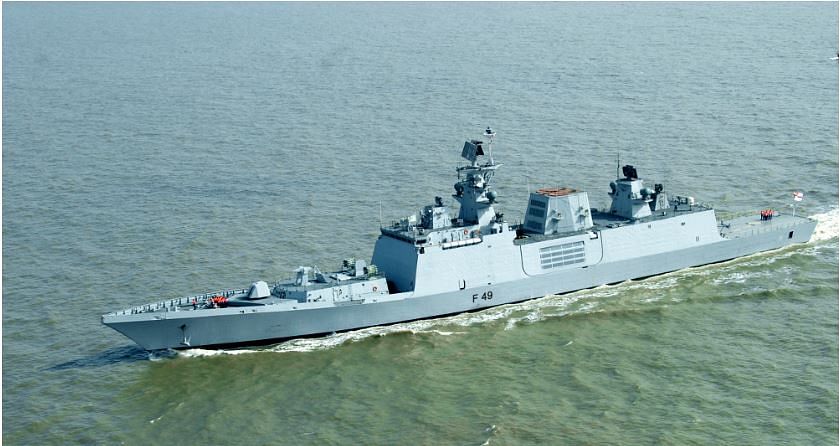
Australia will be hosting its biennial international maritime exercise ‘Kakadu’ till 15 September. China has been invited for the first time.
Of pappis, jhappis and border peace
By accident or design, India and Pakistan have by and large stuck to the ceasefire along the Line of Control in Jammu & Kashmir for almost 10 days now. Reports of Chinese and Indian patrols going eye-to-eye have also quieted down. Chinese defence minister General Wei Fenghe was in New Delhi last week where he met Prime Minister Narendra Modi and defence minister Nirmala Sitharaman.
Also read: Why India can no longer afford an ambiguous policy vis-à-vis China
So what is happening?
When many in India are livid over Punjab minister Navjot Singh Sidhu’s jhappis in Islamabad during Pakistan Prime Minister Imran Khan’s swearing-in, the Indian military, arguably the institution most respected by the public, is suddenly engaging China and Pakistan in friendly games.
These games have included playing volleyball, marching and firing together, and will most likely end with a party on a sandy beach in northern Australia.
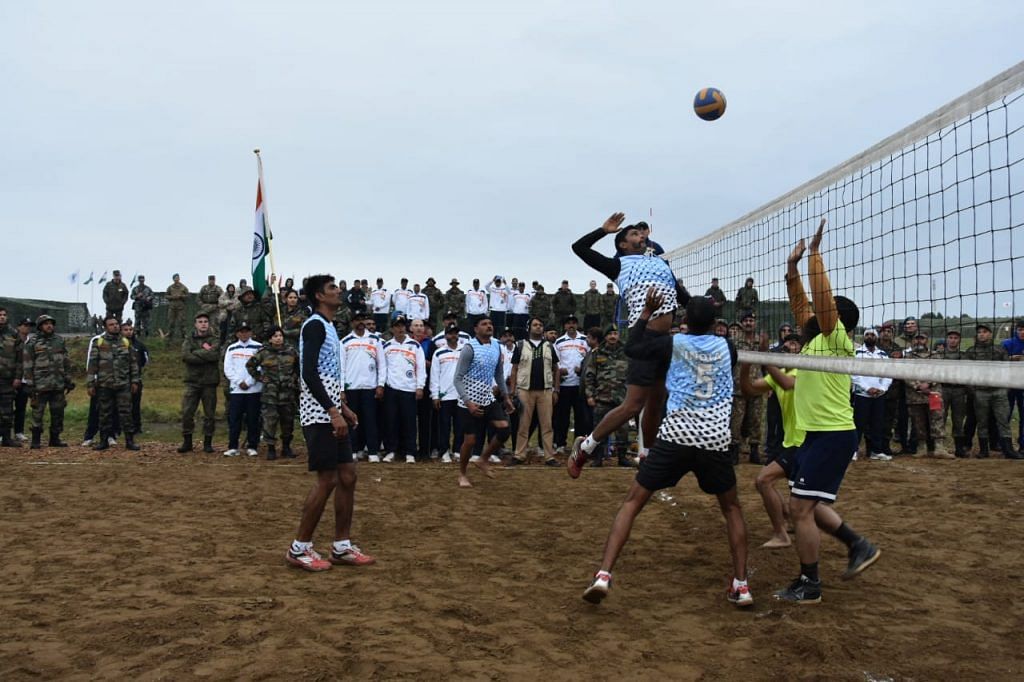
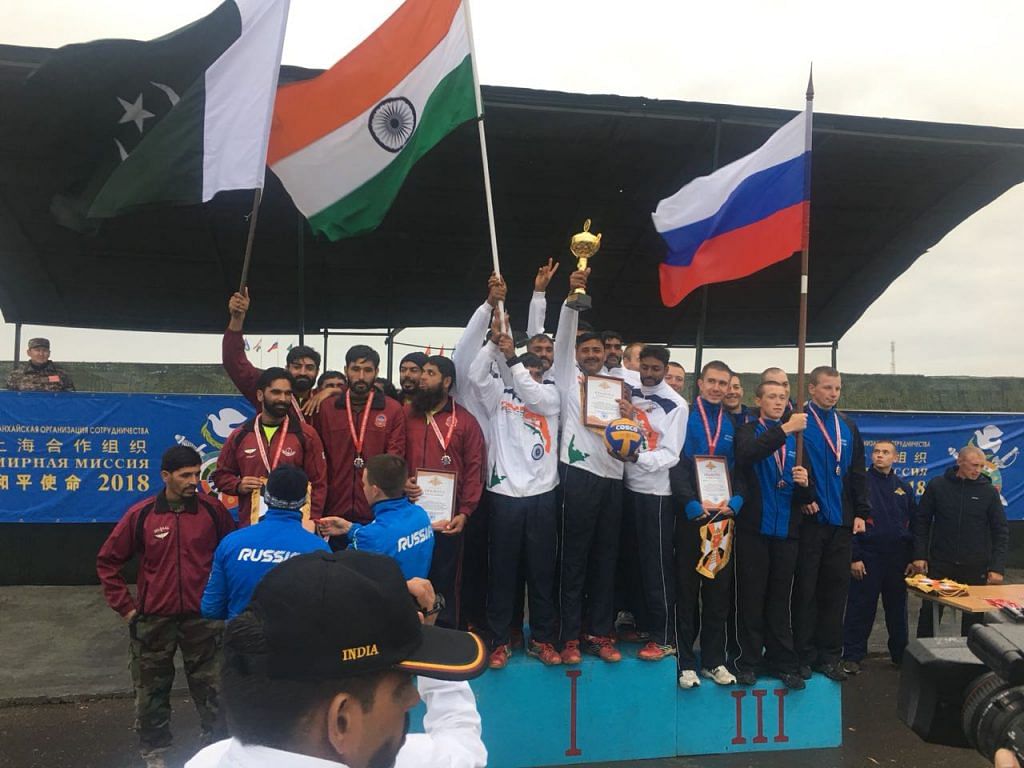
From the northern hemisphere to the southern, usual foes are swinging in a breathless pappi-jhappi across the Equator.
Just days since firing across the Line of Control peaked and exactly a year after the Doklam face-off, such a turn of events is stupefying to the hardline.
“A first! Indian army and Pakistan Army fight on the same side in SCO exercise underway in Russia,” tweeted Lt General Dua (@TheSatishDua), shortly after landing in Moscow and before leaving for Chelyabinsk.
“From here (Moscow) we all go to attend SCO exercise (in) Chebarkul,” he wrote again Tuesday.
Captain Shantanu Jha, commanding officer of the INS Sahyadri, is yet to express his sentiments.
The price of hostility
It is possible that for New Delhi, heading into an election season, the symbolism of meetings among the militaries may mark the beginning of a realisation that spiraling hostility yields less political capital than was earlier desired.
It is still too early to say that the ceasefire will continue to hold or a Doklam will not be repeated. If a peace dividend is possible in Kashmir for the time being, it is equally possible that a wavering Bhutan has instilled a dose of realism in the China policy. In India’s neighbourhood, The Maldives have already signaled this.
Also read: Indian Army chief wants to revolutionise the military — by cutting manpower
It is less likely that India is shifting gears in a world order that is not defined by Trumpism alone.
Next week (6 September), India and the US are scheduled to hold their maiden ‘2 + 2’ dialogue, named thus because it will involve joint dialogues between the defence and foreign ministers, in New Delhi.
The life of the newfound bonhomie among familiar adversaries may last only till the next call of the cockatoo, Kakadu.



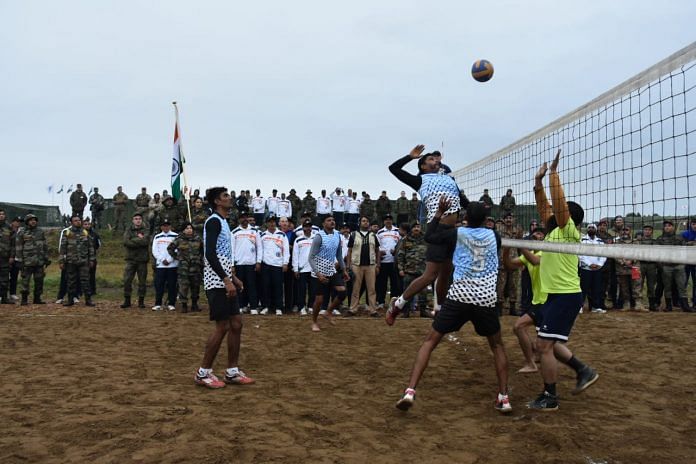



Routine military interaction, which India has shies away from due to earlier cussedness of Indian foreign policy experts. Part & parcel of mil-diplomacy. Was limited to interaction during UN Peacekeeping deployment away from crystal gaze of press
Folks,
These are like the Olympics; just because troops are exercising together means nothing. The don’t decide who should take Kashmir or Aksai Chin.
Don’t bark up the wrong tree.
Absolutely correct. And for the record, Trump’s is indeed the reason China and it’s pet are making cooing sounds presently. The are skewered from the bottom no matter what they or Indian presstitutes bleat.
There has been a batch of pleas submitted before the apex court challenging the constitutional validity of Article 35A which gives special rights and privileges to people of Jammu and Kashmir.
Any solution of Kashmir can bring huge dividends to India & Pakistan. If Kashmir had been resolved in 1948…..Indo Pak would have been a Super power by now !!!!